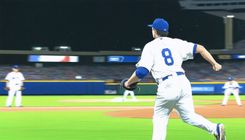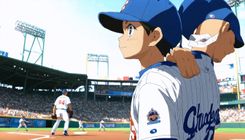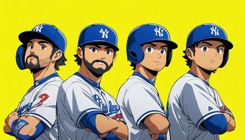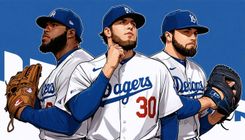Major League Baseball Trade Deadline Overview: Winners and Losers
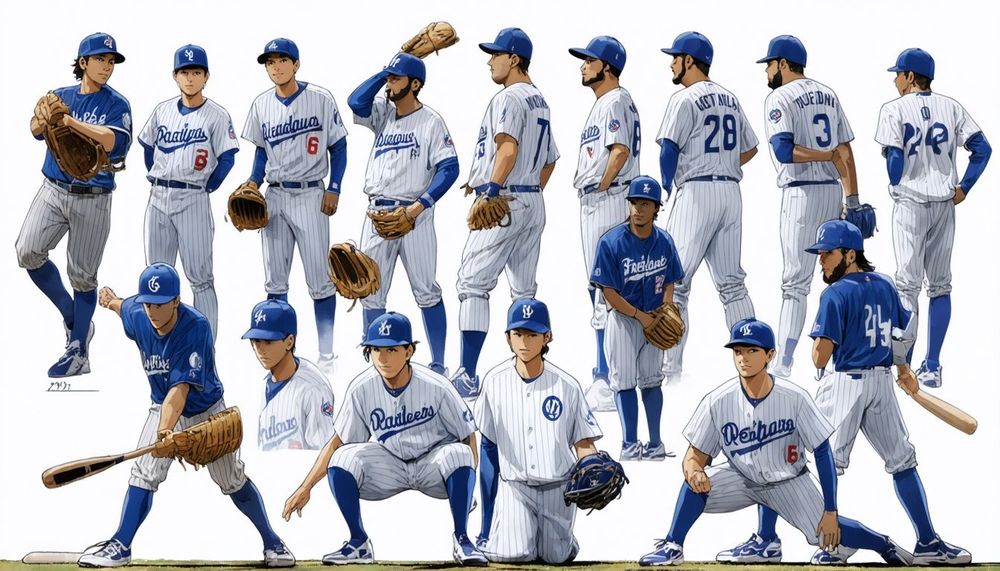
The Major League Baseball trade deadline is known for delivering significant moves, often transforming team dynamics in the lead-up to and even after the deadline. With less than 36 hours remaining until the deadline on Thursday evening, initial expectations suggested a calm period. However, the landscape shifted dramatically with key trades involving players like Carlos Correa, Mason Miller, and Eugenio Suárez, leading to considerable changes in team outlooks across the league.
RHP Mason Miller has emerged as one of baseball's most electrifying pitchers, consistently clocking his fastball at over 103 MPH while complementing it with a formidable slider. In his brief Major League career, hitters have struggled against him, demonstrating a mere .126 batting average and an impressive tally of 94 strikeouts in at-bats concluded by his slider. His long-term team control, extending through 2029, signified a hefty return was required for the Athletics to part with him, which they indeed received. The Padres secured Miller along with LHP JP Sears by sending a wealth of prospects, including their top prospect SS Leo De Vries, RHP Braden Nett, RHP Henry Baez, and RHP Eduarniel Núñez to Oakland. This deal appears mutually beneficial; the Padres address immediate roster needs and ensure rotation stability, while the Athletics acquire a potential franchise player in De Vries, alongside promising arms that could contribute significantly to their future.
Meanwhile, the Minnesota Twins' situation highlights the impact of injuries on franchise direction. After starting strong this season, the team has faltered significantly since losing Pablo López to shoulder issues. Despite statements from Byron Buxton about his commitment to Minnesota, the roster has seen substantial turnover, with players such as Carlos Correa and Jhoan Durán traded away as the franchise embraces a rebuilding phase. Although the Twins held onto Joe Ryan, their remaining assets were further depleted in an attempt to reshape the team, raising concerns among their fanbase.
Additionally, the New York Mets sought to address their problematic bullpen, which has struggled outside of Edwin Díaz's exceptional performance. To rectify this, they acquired three significant rental arms: RHP Ryan Helsley from St. Louis, RHP Tyler Rogers from San Francisco, and LHP Gregory Soto from Baltimore. This trio potentially strengthens the Mets' relief corps, particularly with the high-profile addition of Helsley, yet it came at the cost of eight prospects. If this overhaul facilitates a successful run in the NL East, it may justify the steep prospect price.
The St. Louis Cardinals have also been in a state of reflection, having previously discussed trading high-profile players like Nolan Arenado. Despite intentions to sell, trade opportunities were limited, resulting in minimal moves at the deadline. Consequently, St. Louis found themselves with a lack of strategic options, securing only future considerations for RHP Erick Fedde and trading Steven Matz for a middling prospect. This has reflected poorly on a franchise historically accustomed to better performances, leaving many wondering about the path ahead.
In Cleveland, the anticipated return of RHP Shane Bieber has remained a topic of interest amid rumors surrounding his trade value. Ultimately, the Blue Jays acquired Bieber for a relatively modest return, signaling a shift for both franchises. For Toronto, he joins a competitive pitching rotation, enhancing their postseason capabilities without significant risk, given their current standing.
On the offensive front, the Cincinnati Reds made a surprising move, opting for Pirates 3B Ke'Bryan Hayes instead of pursuing star third baseman Eugenio Suárez. Hayes, known for his defensive prowess, has not yet showcased the offensive output the Reds seek. With an OPS of just .571 over the last season, concerns grow regarding the offensively-challenged third base position. The Reds supplemented this acquisition with additional pitching, aiming to enhance their overall team depth.
Conversely, the Seattle Mariners successfully re-acquired 3B Eugenio Suárez, reuniting him with the organization after a previous trade. With a strong season under his belt, Suárez brings substantial power to the Mariners’ lineup, enhancing their offensive capabilities. This acquisition, along with adding LHP Caleb Ferguson, reflects an organization looking to solidify its competing status during a critical juncture of the season.
In contrast, teams like the Chicago Cubs and Chicago White Sox have faced challenges in navigating the trade deadline. The Cubs, hovering near the top of their division, made a few additions but did not capitalize fully on their position in the standings. Meanwhile, the White Sox's inaction has raised eyebrows, failing to trade key players or significantly alter their roster as they sit in a less favorable position.
Lastly, the Milwaukee Brewers have raised concerns about their trade strategy, having not sufficiently improved their roster despite a strong season. Their limited acquisitions signal a reluctance to address glaring needs, potentially leaving them vulnerable as competition intensifies. Overall, the trade deadline showcased considerable movement across the league, with several teams seizing opportunities while others faced critical decisions about their futures.

